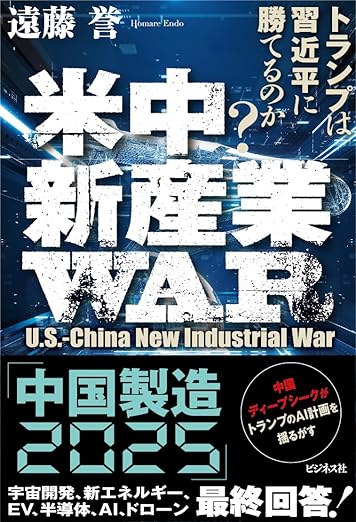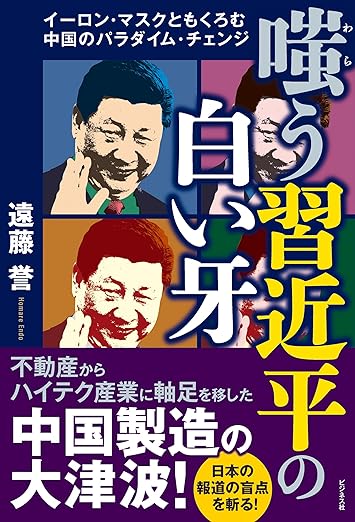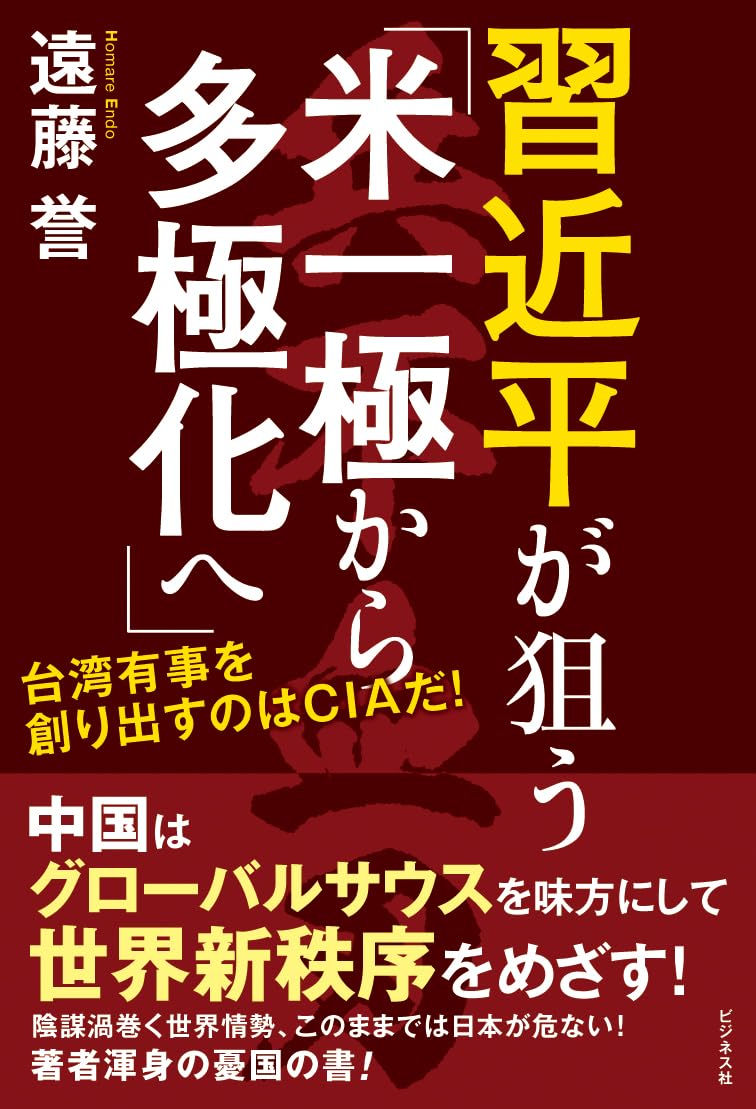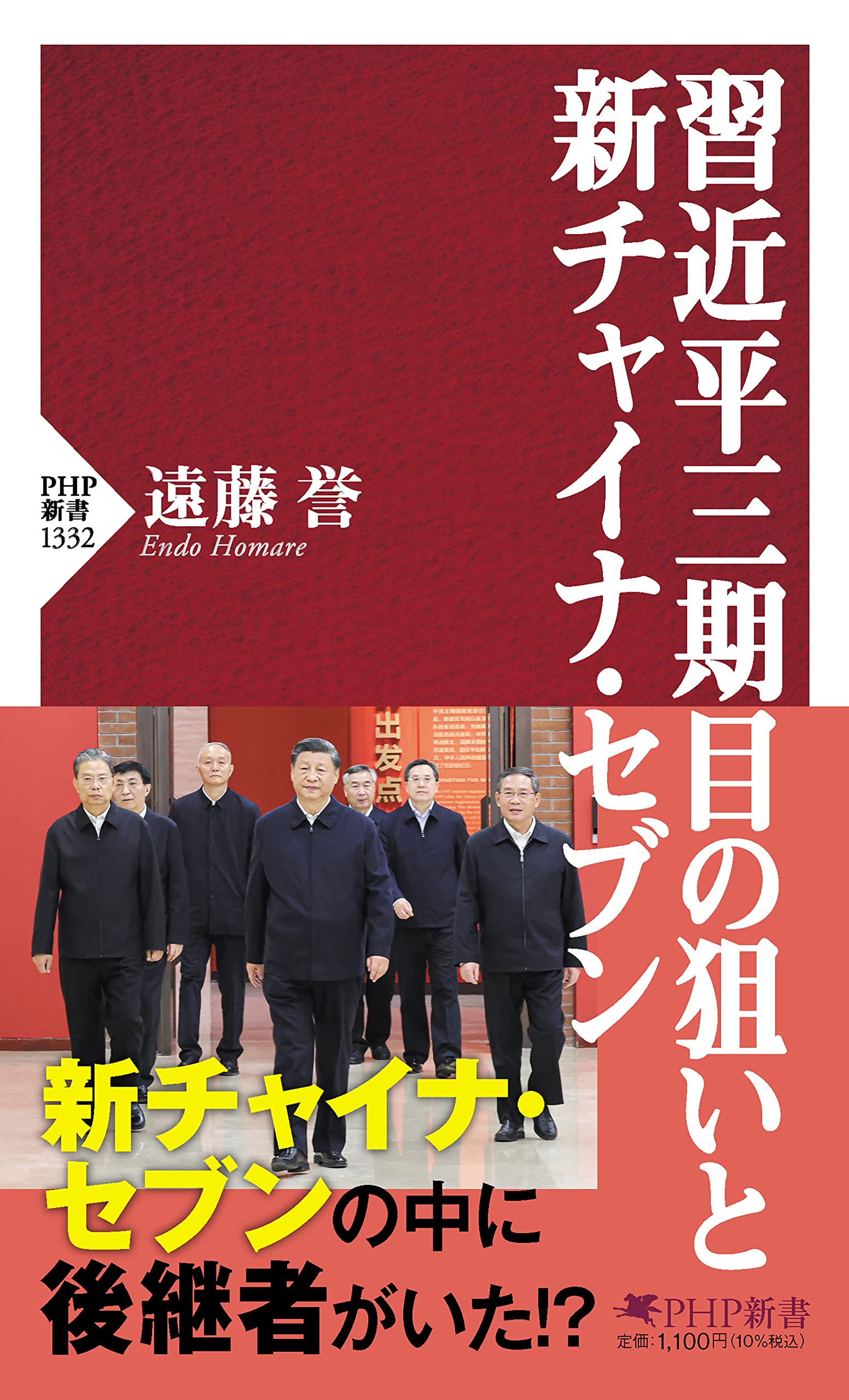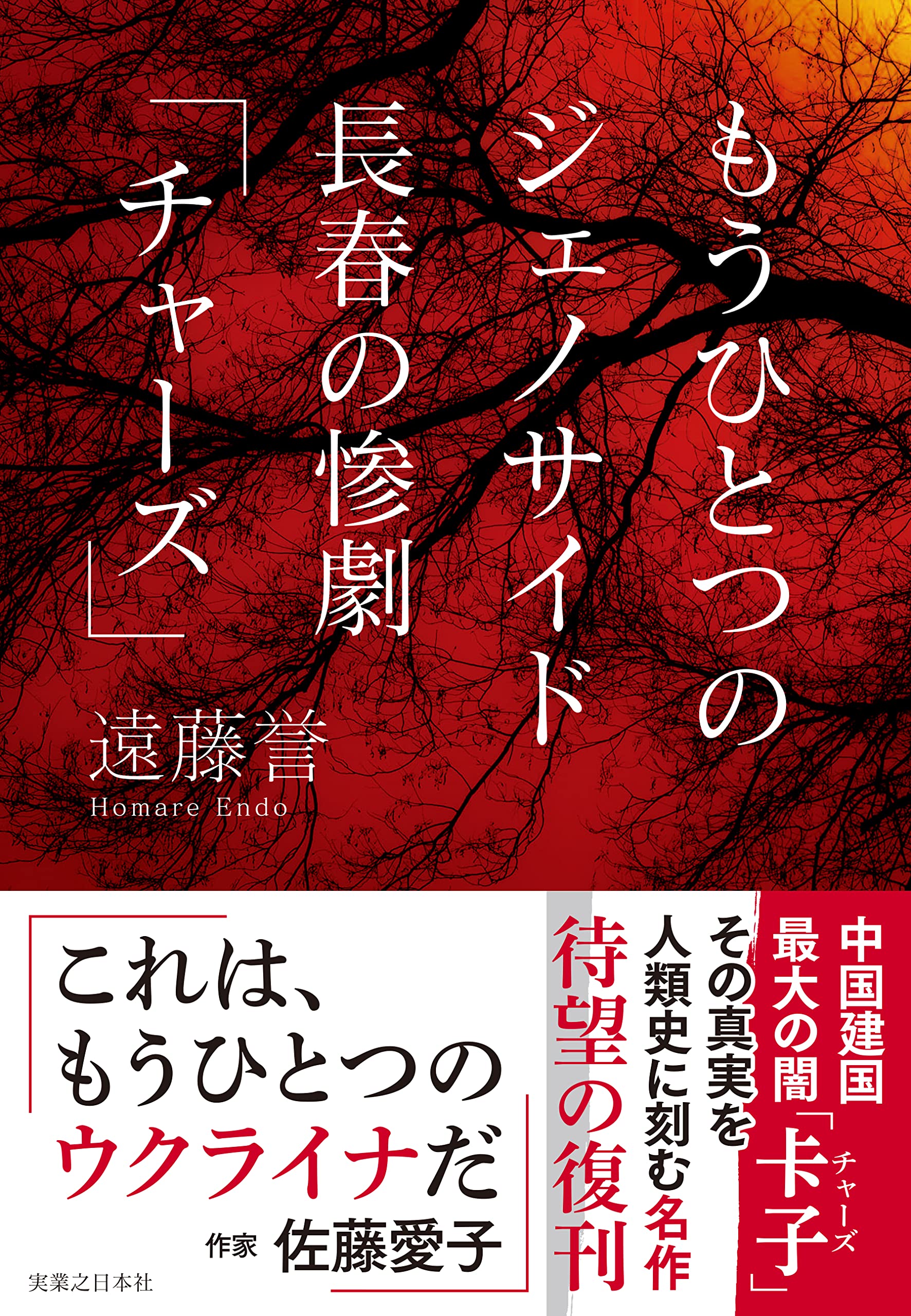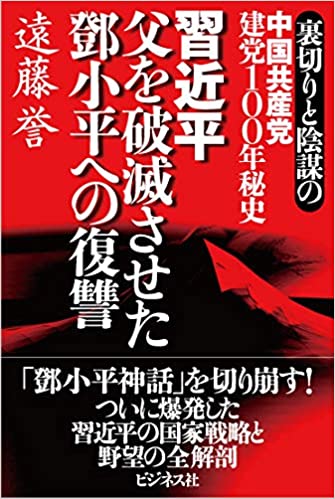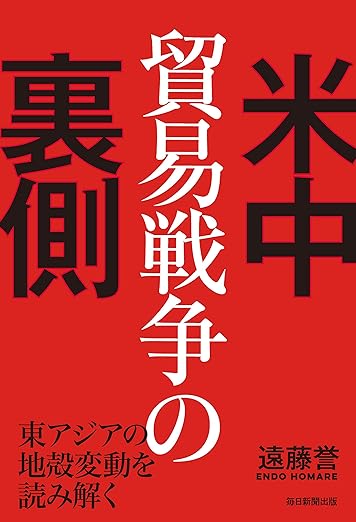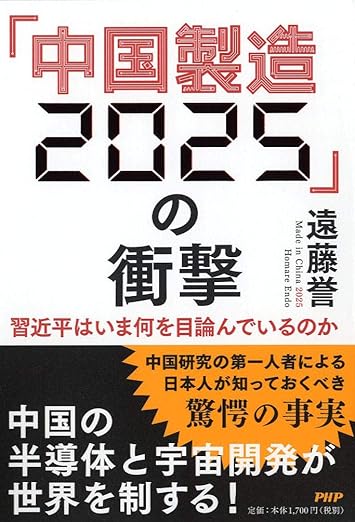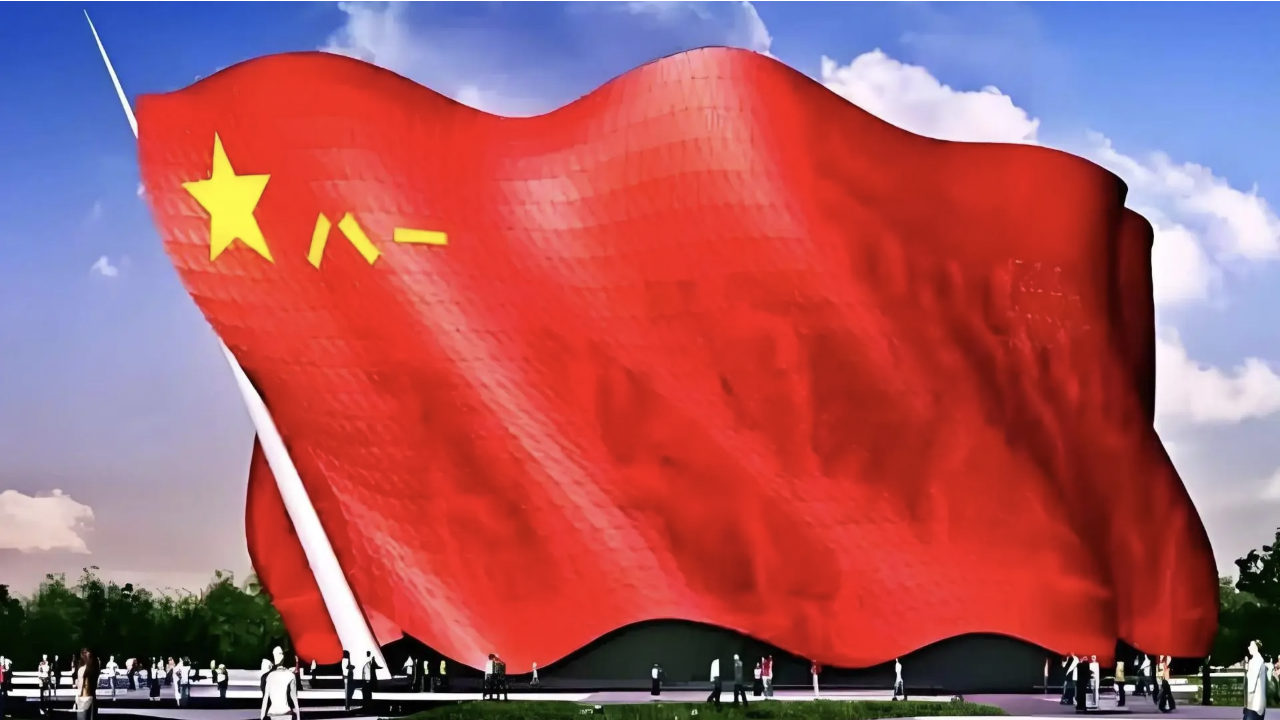
The crackdown on corruption among senior officers of China’s People’s Liberation Army (the “PLA”) shows no signs of stopping, and for some reason, is concentrated in the Rocket Force. Of particular note is that even President Xi Jinping’s close aides are being exposed. This serves as evidence highlighting how mistaken Japan’s widespread claim that Xi Jinping is using his anti-corruption campaign to eliminate political rivals has been.
This article will examine why corruption is concentrated in the Rocket Force.
◆Categories of PLA Senior Officers Exposed for Corruption
First, in Chart 1 I have created a “Corruption Distribution Map” to illustrate the series of corruption cases involving senior officers of the PLA, which have been successively carried out since 2023. Rather than explaining unfamiliar names in text, I thought it would be easier to understand by visually presenting which branches and departments are sources of the corruption.
Chart 1: Distribution of corruption among PLA senior officers
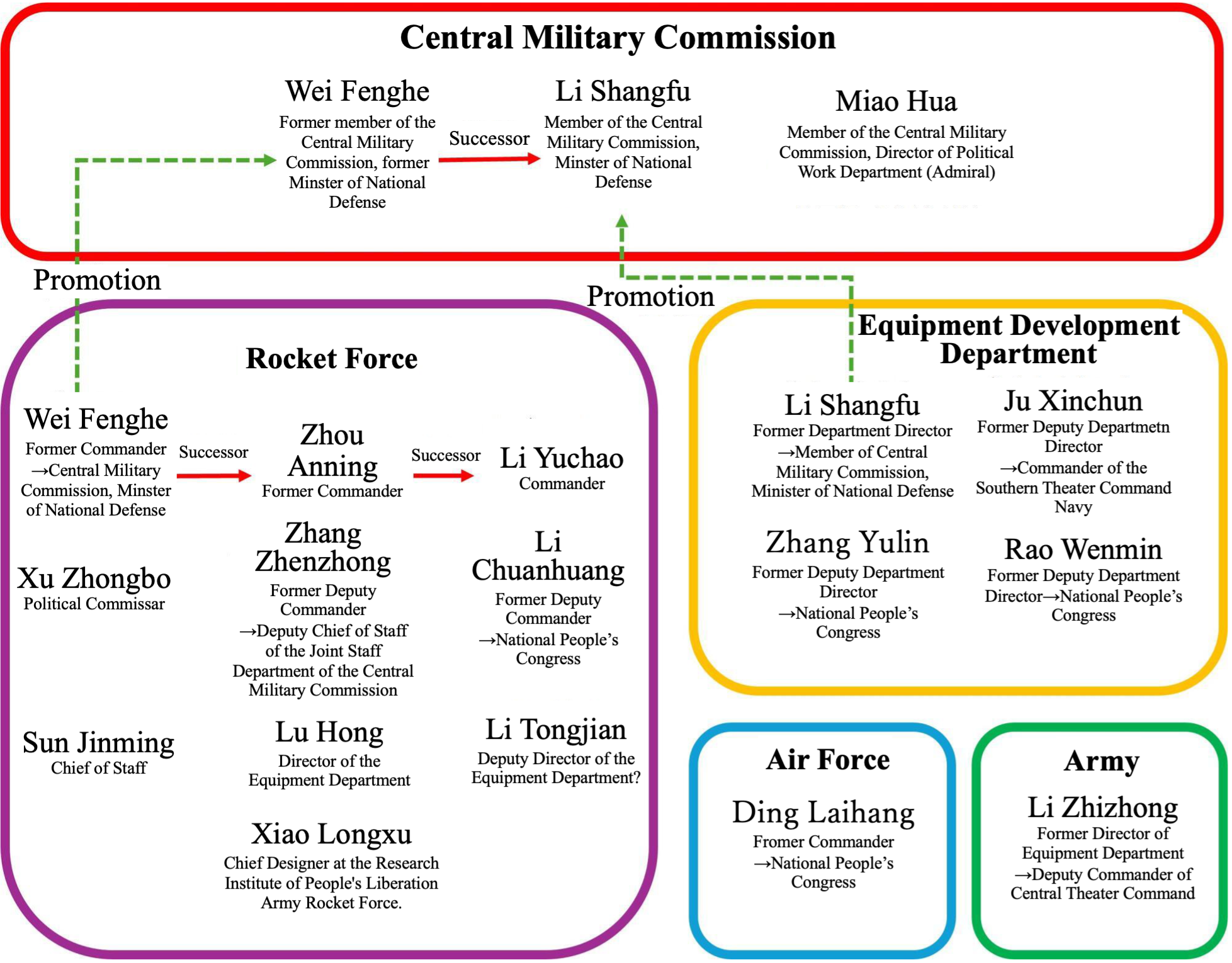
Prepared by the author
As is clear from Chart 1, corruption is overwhelmingly prevalent in the Rocket Force and the Equipment Development Department.
The Equipment Development Department, called the General Armaments Department in the Hu Jintao era, was, along with the General Logistics Department, a den of corruption. There is a famous story about “cash mansions” where, to avoid detection, people would stuff entire houses with bundles of cash instead of depositing it in the bank. In some cases, the cash had been hoarded for so many years that by the time it was exposed during Xi Jinping’s anti-corruption campaign, the bundles would be covered in mold. Naturally, corrupt elements also made extensive use of banks in countries like the United States. The bottomless corruption that flourished during the Jiang Zemin era continued unchecked during Hu Jintao’s administration, which was effectively controlled by Jiang. Some data suggest that nearly half of the national budget ended up in private pockets or was siphoned abroad. Those details can be found in my book, Ranking of the Worst Chinese as Chosen by the Chinese People: Predicting Red China Will Fall to Corruption (2014). On January 1, 2014, the phrase “Chinese Scum Rankings” appeared on the internet in China, reflecting a degree of freedom of speech at the time. It was also evidence of just how widespread and intolerable corruption had become.
Renaming the Hu Jintao era’s General Armaments Department the Equipment Development Department does not erase the den of corruption—the culture of corruption that had been cultivated over thousands of years of Chinese history.
Meanwhile, the Rocket Force was established during the Xi Jinping era, coinciding with the start of the “Military-Civil Fusion,” (the “MCF”) a national strategy of the Chinese Communist Party. Whether one can acknowledge this fact determines the ability to analyze the causes of the corruption problem among current senior officers of the PLA.
◆Xi Jinping’s Major Military Reforms and the MCF
As I wrote in my column of January 2, 2016, “China’s Large-Scale Military Reforms: Enhancing Combat Readiness and Efficiency (in Japanese),” on December 31, 2015, Xi Jinping conducted the first major reforms of China’s military since the founding of the nation.
What was unprecedented was the significant change of placing the military, previously under the command of the General Staff Department, directly under control of the Central Military Commission. In addition, as mentioned in the above article, the Navy and Air Force, which had been essentially appendages to the Army, were made independent, and the Second Artillery Corps, which was also merely an adjunct to the Army, was made independent and transformed into the Rocket Force.
Refer to Chart 2, which illustrates the military organization during the Hu Jintao administration, prior to the reforms.
Chart 2: Military structure through the Hu Jintao administration

Prepared by the author
The military had become such a den of corruption that it would not be an exaggeration to say that its main business was corruption. Despite the absence of war, constant preparation for combat led to enormous national budgets being allocated to military expenses. Anyone intending to engage in corruption could get away with virtually anything. Jiang Zemin, lacking a network of connections in Beijing, built his own network on cash. Everyone pursued corruption and bribery to align themselves with the so-called Jiang Zemin faction, as failing to do so would mean being excluded from the ranks.
Because the General Staff Department held absolute power, it became a ruinous hotspot of abuse of power and widespread corruption. Meanwhile, the General Political Department, being an organization with only party authority, followed the example of the General Staff Department in its corruption.
The General Logistics Department and General Armaments Department, being responsible for handling supplies, eventually became bottomless dens of corruption.
With matters left as is, China would have absolutely no hope of winning in the hypothetical event of a war over Taiwan.
Xi Jinping thus set out in 2013 to clean up this den of corruption by launching his anti-corruption campaign. While his primary goal was of course to root out corruption within the military, since corruption had also spread to administrative, business, and even educational and research institutions, all sectors became targets. As a result, by 2015, possibly believing that the anti-corruption spirit had taken hold, on March 12, 2015, Xi Jinping declared the adoption of the MCF system and carried out major military reforms, including the establishment of the Rocket Force on December 31 of that year.
Chart 3 shows the post-reform structure of the military.
Chart 3: Military structure following major military reforms carried out at the end of 2015

Prepared by the author
As can be seen in Chart 3, the General Staff Department has disappeared, and the General Armaments Department has been renamed the Equipment Development Department and demoted.
The Rocket Force was also established, and given the essential role of advanced technology in space exploration and missile and rocket development, collaboration with universities, research institutes, and private companies advanced under the framework of the MCF. Those efforts were allocated abundant budgets.
This meant, naturally, the re-emergence of corruption.
For instance, Wei Fenghe, a former commander of the Rocket Force listed in Chart 1, rose to become a member of the Central Military Commission and Minister of National Defense. During the Hu Jintao era, he served as deputy chief of staff of the General Staff Department, as shown in Chart 2. The seeds of corruption had already been fully cultivated there, and were also festering in the Rocket Force.
Explaining each of these individuals would require writing an entire book, so I must omit the details. However, it is believed that Li Shangfu, who fell from grace as Minister of National Defense, became entangled in the den of corruption within the Equipment Development Department.
The case of Miao Hua (and others) was tragic. He served as head of the Political Department in a unit in Fujian Province, where Xi Jinping was Party Secretary, positioning Miao as one of Xi’s closest aides. The fact that even Miao had to be exposed highlighted just how far Xi Jinping’s dream of a strong military, which he had entrusted to his major military reforms, had receded.
The reality here leaves no room for explaining why the Japanese media and so-called China experts so incessantly pushed the narrative that Xi Jinping launched his anti-corruption campaign as a means of eliminating his political opponents.
On April 19, 2024, what had been a somewhat ambiguous Strategic Support Force, shown in Chart 3, was finally split up into separate forces directly under the command of the Central Military Commission, clarifying their roles. This, however, did nothing to stop the dramatic wave of corruption crackdowns, as seen in Chart 1.
Chart 4: China’s military structure since April 2024

Prepared by the author
◆Names of Military Enterprises and Universities Related to the MCF Exposed for Corruption
An overall picture of the MCF is depicted in Chart 1 of the January 10, 2024, column, “Large-scale Corruption in Military Leadership Costly to Xi Jinping, and the Reality of Corruption across China (in Japanese)” That column focuses on Li Shangfu, with all of the institutions he was involved in outlined in red.
As the senior officials shown in Chart 1 of this column have been exposed, the scope is quite broad. I have thus focused on departments deeply connected to the Rocket Force and the Equipment Development Department within the MCF framework, and created a diagram correlating corruption as it relates to the MCF. This is presented in Chart 5.
Areas outlined in blue dotted lines represent organizations within the MFC framework.
In the margins there are numerous military-related private companies, universities, and research institutes, all operating under the coordinated guidance of a central organization.
Chart 5: MCF correlation diagram focusing on recent corruption

Prepared by the author
The recent corruption is arising between the private companies, universities, research institutions, and other subject to this coordinated guidance. It resembles the structure of corruption that existed between central and local officials and contractors during the Hu Jintao era. Despite numerous crackdowns, imprisonments, and sentences ranging from life imprisonment to the death penalty, corruption persists. It is the culture of corruption in China, hopeless and deeply ingrained.
The names of military enterprises and universities exposed for corruption are shown in Chart 6.
Chart 6: Military enterprises and defense engineering-related universities exposed for corruption under the MCF

Prepared by the author
The entities shown in Chart 6 are just the tip of the iceberg, and along with those listed in Chart 1, even more are likely to turn up going forward. There is no such thing as corruption ceasing in China.
Xi Jinping himself undertook these major military reforms and the MCF, risking his own fate and the nation’s fortunes. And yet, was his understanding of the deeply entrenched culture of corruption in China still too naïve?
Regarding the high-tech national strategy, “Made in China 2025,” which simultaneously advanced in 2015, corruption like that in the military has not taken hold. This is because that strategy involves market competition closely linked to the international community and ongoing market activities.
This can be interpreted as a lack of actual military activity—as China is not currently waging war—even as massive budgets continue to be allocated to it. From this perspective, as pointed out in the column of December 24, the content of the 2024 U.S. Department of Defense China Military Power Report, which claims the “‘corruption crackdown to enhance China’s military power’ is intended to justify the nation’s defense budget (in Japanese),” is incorrect. It further clarifies that the report was embellished to secure funding from the U.S. Congress.
Look again at the Central Military Commission section of Chart 5.
One can only imagine the depth of Xi Jinping’s frustration—which even evokes pity—at having appointed corrupt officials as members of the Central Military Commission, ostensibly the pinnacle of the PLA. The author hesitated for a moment before outlining this section in red. That said, it was unavoidable; this is the reality.
Going forward, I intend to continue examining China’s “endless corruption.”
This essay was reprinted from Yahoo! News Expert (in Japanese).
カテゴリー
最近の投稿
- 台本どおりの中国政治と「新質生産力」
- 日中首脳会談ようやく実現 寸前までじらせた習近平の思惑
- 米中首脳会談 予測通り障壁は「50%ルール変更」だった!
- みごとな高市外交! 一方中国はASEAN自由貿易協定3.0に調印し、したたか
- The UK’s Shambolic China Policy
- 統一戦線工作の新たなる試み:国民党と中国政府の政治的共鳴
- トランプはなぜ対中100%関税を延期したのか? その謎解きに迫る
- 中国、軍幹部大量逮捕の背後に横たわる真相を暴く
- China’s Scripted Politics and the New Quality Productive Forces
- 高市総理に「日米首脳会談」までに認識してほしい、トランプ大統領の対中姿勢(対習近平愛?)



